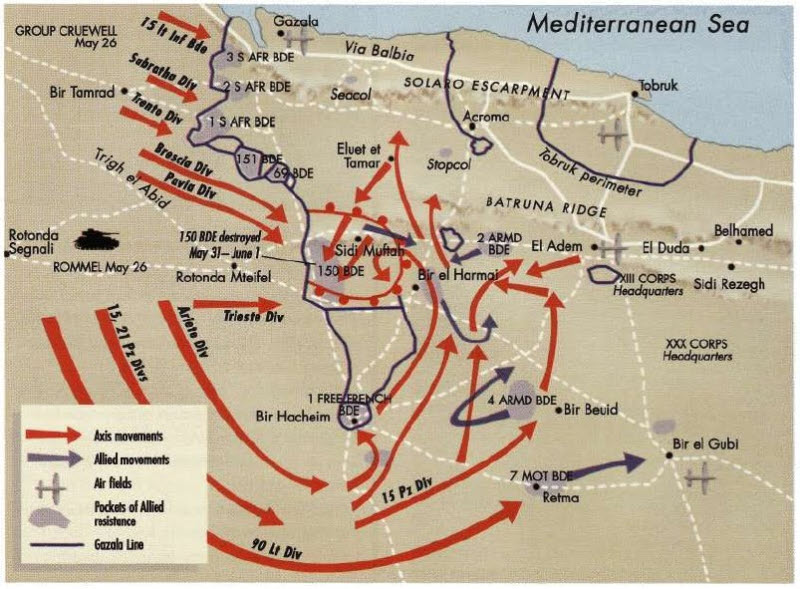
Ronald Clayton Midgley was born in the Bradford area on the 8th January 1917, the son of Charles Midgley and Annie Shoesmith who married at St. Augustine Church, Halifax on the 20th August 1906. The couple also had a daughter, Margaret born 1908. In 1911, Charles was working as a wire drawer, and with his wife Annie and their daughter Margaret, the Midgley familywere living at Wibsey near Bradford. It is likely that this is where Ronald was born in 1917.
Between November 1926 and 1939 Ronald’s parents had moved to live at 16, Queens Drive Ossett. Charles, now aged 62, was still working as a wire drawer. Their daughter, Margaret, married William Barnett of Wakefield in September 1934 and by 1939 they were living at 56 Pinewood Avenue, Wakefield.
In spring 1939 Ronald married Kathleen Edith Tortice in the Dewsbury area and by 1939 the couple were living at 4, Providence Place, Morley where Ronald was working as a motor lorry driver. They appeared not to have any children from their marriage.
Private Midgley served in the 5th Battalion of the the Green Howards in 150th Brigade, part of 50th Division, which fought in the defence of Arras in 1940 and retreated to Dunkirk. The 5th Battalion, Green Howards were one of the last units to leave the beaches of Dunkirk. After retraining, 50th Division were sent to the Middle East in April 1941, first to Egypt and then to Cyprus. The 5th Battalion, Green Howards were sent from Cyprus to the Western Desert in Libya with the rest of the 50th Division joining them in February 1942 where they took their place on the Gazala Line to defend against Rommel’s Axis army.
The Allies were depending on the Gazala Line to repel any Axis attack. The basis of this line was a large minefield than ran south from the coast near Gazala for 43 miles. A series of defensive ‘keeps’ or ‘boxes’ had been built within the minefields, each intended to hold a brigade group and all of its supplies. 150th Brigade were in a box area without any mutual support and when Rommel bypassed to Gazala Line, he located the Brigade, which was attacked by 3 German and 2 Italian Divisions. What followed was a bitter tank and infantry battle and Rommel crushed the 150th Brigade Box, defended by the 4th Battalion East Yorkshires, 4th and 5th Battalions the Green Howards, 72 Field Regiment Royal Artillery and 232 Field Company Royal Engineers, commanded by Brigadier Haydon. The defenders were now isolated, with the nearest Allied troops seven miles to the north, and after several days of intense action they were already short of 25-pounder ammo. The attack on the box began on 30th May, and the defenders held out until late on the 1st June. Brigadier Haydon was amongst the dead. With ammunition expended 150th Brigade were overrun and most were taken prisoner then later shipped to PoW camps in Italy. Sadly, Private Ronald Midgley was to lose his life during this battle.
This was Rommel’s greatest success in North Africa and his forces soon went on to capture Tobruk on the 21st June, when 35,000 Allied troops surrendered.
The “Ossett Observer” had this short piece about Ronald Midgley being missing in action:
“Private R.C. Midgley – We were informed yesterday that am official message had been received reporting that Private R.C. Midgley (25), of the Green Howards is missing in the Middle East. His parents – Mr. and Mrs. C. Midgley live at 16, Queen’s Drive, Ossett, and his wife at Morley. Before joining up he was employed as a motor driver at Springfield Mills, Morley”.
Private Ronald Clayton Midgley, aged 25 years, died between 31st May and 4th June 1942 during the Battle of Gazala and is remembered at Knightsbridge War Cemetery, Acroma, Libya1.

Above: Map showing Allied and Axis positions in the Battle of Gazala. The position of 150 Brigade is shown in the centre of the map where they were overrun by German and Italian forces on the 1st June 1942.
The chief Allied defensive ‘box’, known as Knightsbridge, was round a junction of tracks about 20 kilometres west of Tobruk and 16 kilometres south of Acroma, commanding all the tracks by which supplies came up to the front. The Eighth Army’s advance fuelling stations and airfields were at Acroma, El Adem, El Duda, Sidi Rezegh and Gambut, while by February 1941, Gazala aerodrome, taken from the Italians early in the campaign, housed two Commonwealth squadrons. Knightsbridge was thus a key position, and the pivot on which the armour manoeuvred during the heavy fighting which commenced in late May 1942.
Fierce actions were fought at all these places, and a battlefield cemetery was created at each for the burial of the dead. The graves of many of those who gave their lives during the campaign in Libya were later gathered into Knightsbridge War Cemetery from the battlefield burial grounds and from scattered desert sites. The men who fought and died with them, but have no known grave, are commemorated on The Alamein Memorial which stands in El Alamein War Cemetery, Egypt. There are now 3,651 Commonwealth servicemen of the Second World War buried or commemorated in Knightsbridge War Cemetery. 993 of the burials are unidentified and special memorials commemorate a number of casualties known or believed to be buried among them. There are 18 Non Commonwealth burials here, including one Polish soldier, and one non world war service burial.
Ronald’s widow, Kathleen Edith married Ronald H. Caswell in the Spen Valley area in early 1944 but sadly Ronald Caswell died later that year. Kathleen married Bert H. Dix in summer 1948 also in the Spen Valley area.
References: